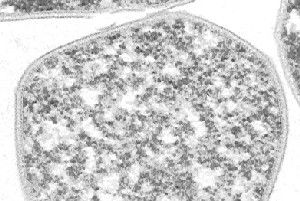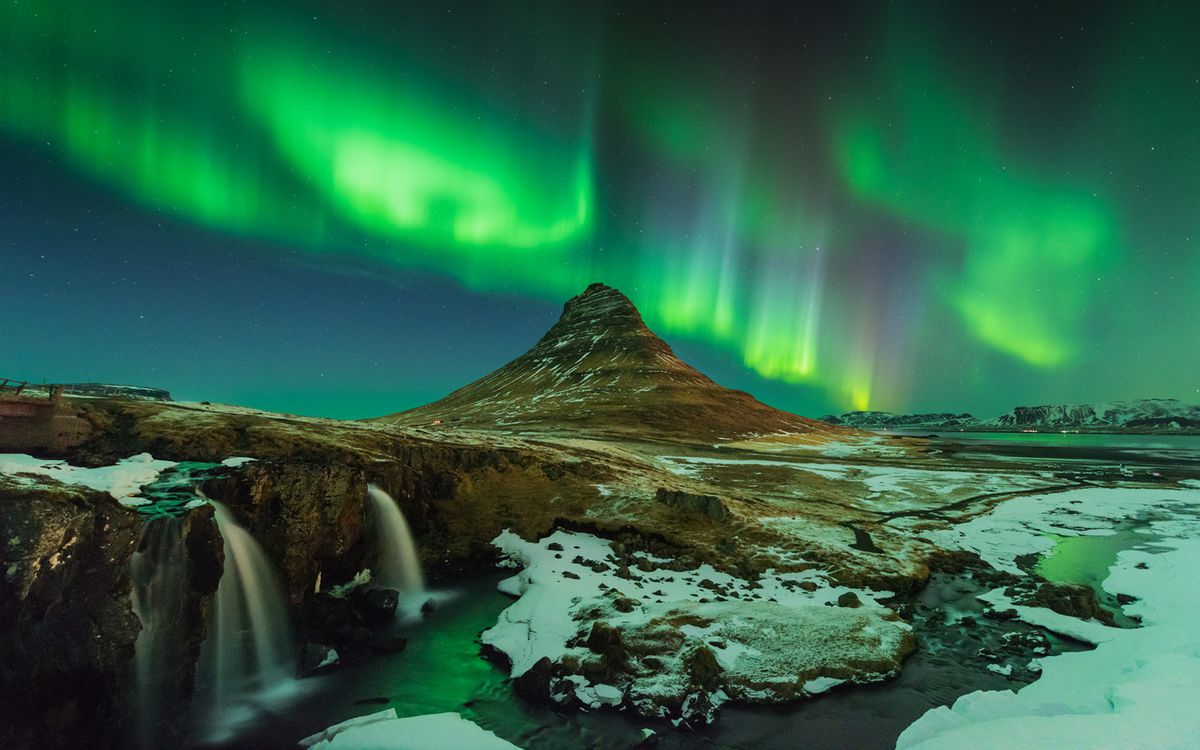In 1977, a cool year for space enthusiasts and film buffs, NASA launched two spacecrafts known as Voyager 1 and Voyager 2. These crafts passed by Jupiter and Saturn, taking advantage of their alignment at that time. Voyager 2 also flew by Uranus and Neptune, and is now traveling across the vast expanse of interstellar space.

On board each of the probes is a golden phonographic record, carrying the sounds of Earth. The records are essentially time capsules, containing images, popular and traditional music, sounds of nature, and greetings in various languages, all from Earth. This was done in hopes that maybe an advanced alien civilization would find it, and be able to learn a thing or two about the place we call home. To paraphrase Carl Sagan, it’s a bit like a message in a bottle tossed into the cosmic ocean. Images on the record itself are diagrams, each containing some important piece of information about us or the technology we use. For example, the large asterisk-like depiction in the bottom left is a pulsar map, showing the location of our solar system in relation to 14 different pulsars in the galaxy (A pulsar is a highly magnetized spinning star that emits radiation in a very particular way). Without going into too much detail, an advanced alien civilization would know all about pulsars, and therefore would know how to find our solar system based on this information.
The golden records are jam-packed with information about Earth, and have a lot to teach alien civilizations about us. However, it’s not likely they will ever get the chance, as both probes aren’t heading very close to any star, at least not for a long time. But maybe that’s for the best! Who knows what might happen if an ~unfriendly~ race of aliens with superior technology knew exactly where to find us…











